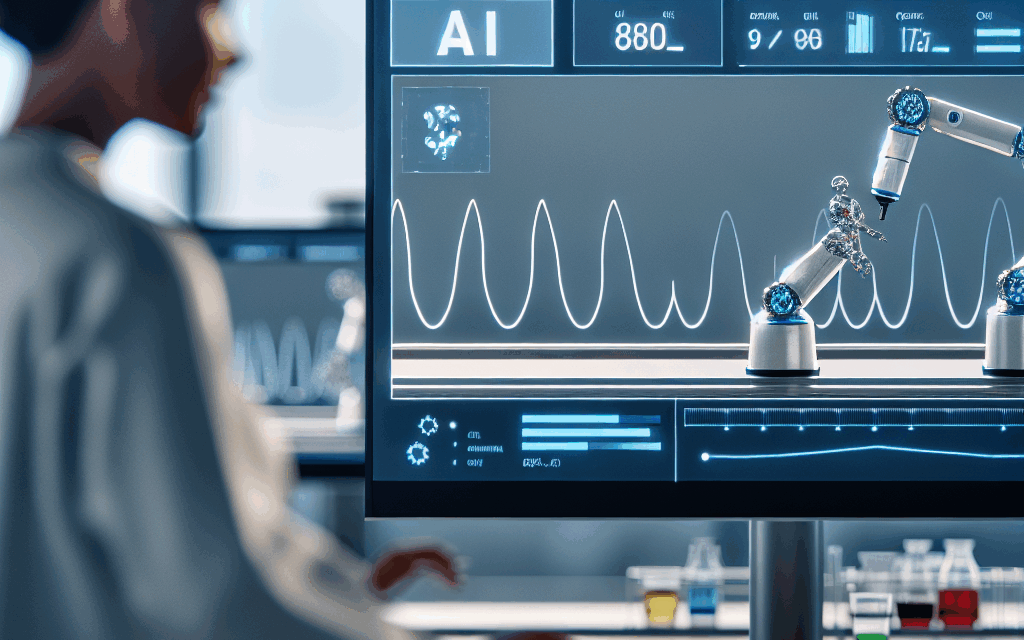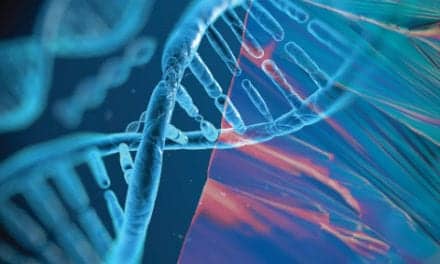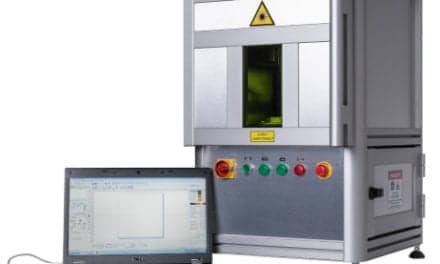Summary
The integration of AI in clinical laboratory diagnostics is changing the way laboratory tasks are completed. AI applications such as slide interpretation, predictive maintenance, and workflow optimization are now becoming a part of routine lab workflows. This report examines available tools, outlines how they are implemented in labs, and discusses the potential impact on the role of technicians.
Key Takeaways
- AI in diagnostics helps improve accuracy in slide interpretation and predictive maintenance.
- The integration of AI tools is optimizing workflow efficiency and reducing manual errors.
- Technicians are adapting to new roles focusing on managing AI tools and interpreting AI-driven data.
- Current AI applications in labs include image analysis, data management, and equipment maintenance.
- Regulatory updates encourage safe and efficient use of AI in diagnostic practices.
The application of artificial intelligence in the clinical laboratory setting has gained momentum, particularly in enhancing the precision of slide interpretation. Instead of relying solely on human expertise, AI algorithms can assist in identifying anomalies or patterns in patient samples with greater accuracy. These tools not only reduce the workload on technicians but also help ensure more consistent results.
In predictive maintenance, AI technology monitors laboratory equipment to preemptively address issues before they result in significant downtime. This is particularly beneficial in high-throughput labs where continuous operation of equipment is critical. By analyzing usage patterns and equipment performance, AI can signal when maintenance is needed, optimizing equipment lifespan and functionality.
Workflow optimization is another area seeing AI-driven improvements. AI systems can manage sample tracking, prioritize test processing, and allocate resources effectively, leading to more streamlined operations. This not only reduces errors but also ensures that workflow bottlenecks are minimized, allowing technicians to focus on value-added tasks.
Integration and Impact on Technician Roles
As AI tools become more prevalent, the roles of clinical laboratory technicians are evolving. The emphasis is shifting from performing routine tasks to overseeing AI systems, managing data outputs, and ensuring that AI-generated results are interpreted correctly. Technicians are now more involved in quality control and troubleshooting, as well as interacting with data in new ways.
The adoption of AI also brings regulatory considerations to the fore. Technicians must stay informed about regulatory updates related to AI applications in diagnostics, ensuring compliance with local and international standards. This involves understanding the guidelines for AI tool usage and its implications on data privacy and patient safety.
Currently, AI-based applications extend beyond diagnostics to areas like image analysis, where AI efficiently processes and analyzes vast amounts of data. This development necessitates new training and skills for technicians to operate and interpret these advanced tools. Meanwhile, AI in data management systems enhances record-keeping efficiency and accuracy, which is vital for ensuring accurate diagnostics and meeting regulatory requirements.
The dynamics of the clinical laboratory environment are changing, requiring technicians to adapt to new roles while maintaining critical thinking and expertise. Embracing AI technologies with an open yet critical eye is essential for ensuring these tools integrate effectively with existing practices, promoting both efficiency and accuracy in diagnostic processes.





